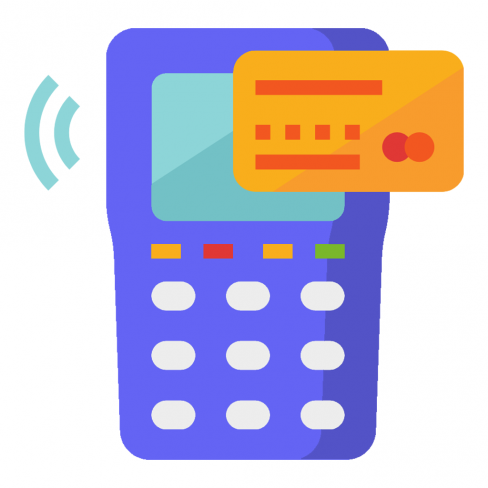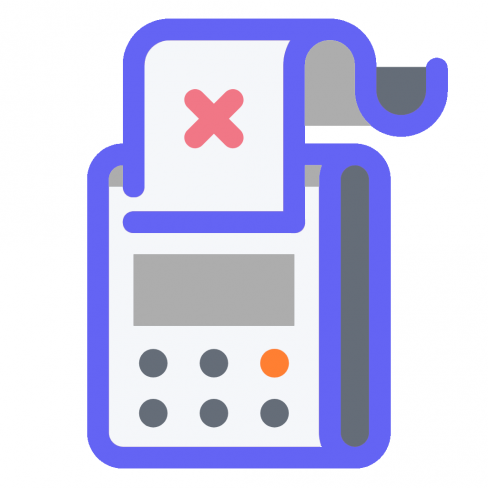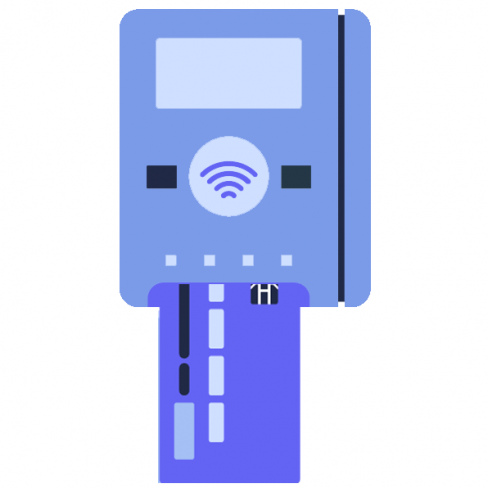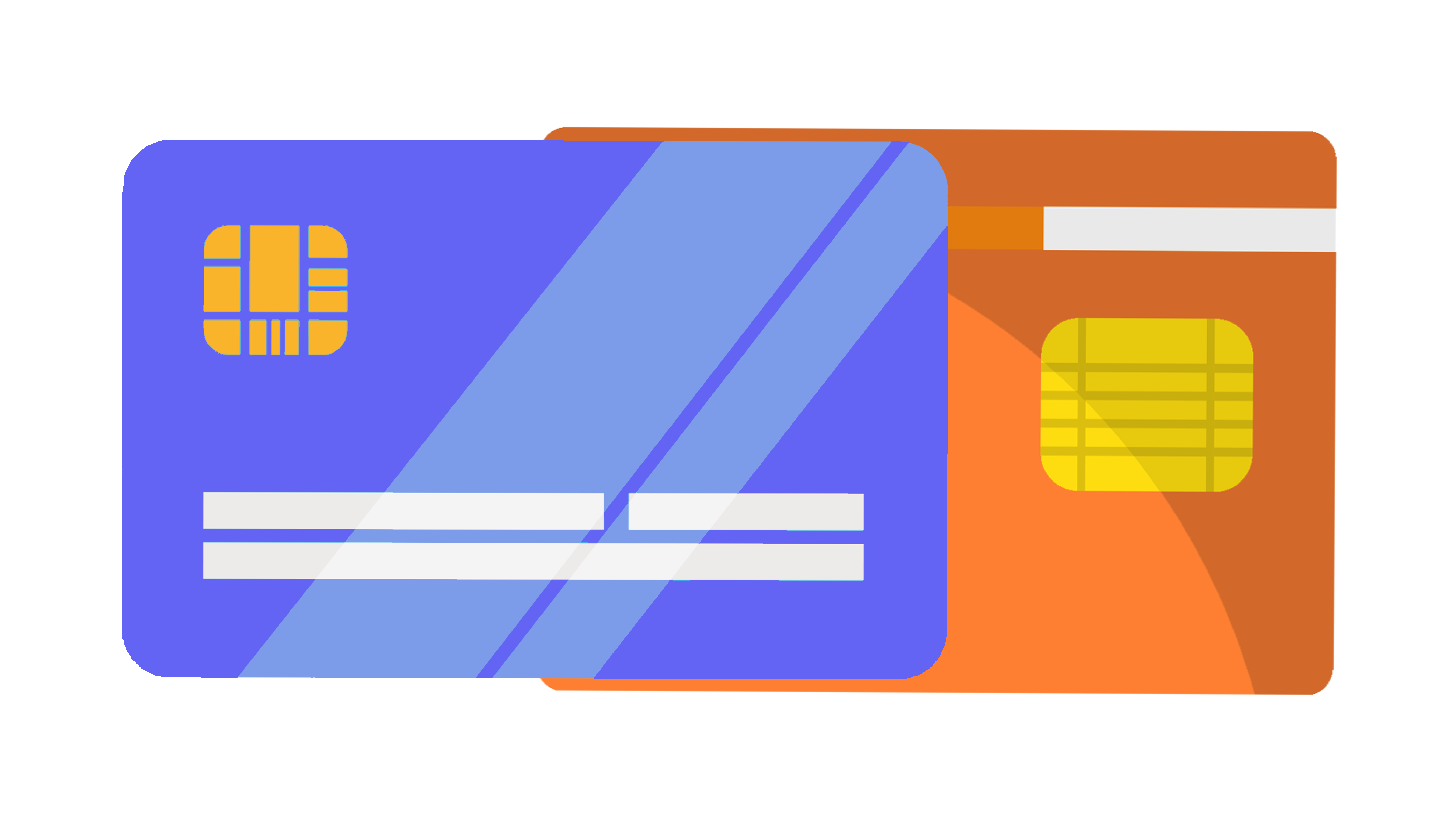Author’s Note: This article was originally published on November 16, 2020. We’ve updated it with more up-to-date information on EMV and 3G upgrades that are affecting operators now.
EMV chip card acceptance — both contact and contactless — is finally gaining momentum in the United States. Which means that card networks have updated their requirements for EMV compliance.
Operators need a clear understanding of the why, what, and how behind EMV so they can make informed decisions for their businesses. Here are the facts around EMV and everything you need to know to avoid losing out on revenue.
#1 | What is EMV?

EMV is the security standard jointly created by Europay, Mastercard, Visa (i.e. “EMV”), which requires cards to store payment information within a chip on the card instead of in the magnetic stripe. This standard reduces the chance of in-person credit/debit card fraud and increases the security of consumer financial data.
#2 | What’s the difference between EMV contact and EMV contactless?

Contact EMV (also known as “chip” or “dip”) is a method of payment where consumers insert their debit card or credit card into the slot of the terminal and wait for the purchase to be authorized.

Contactless EMV (also known as “tap”) is a method of payment where consumers with contactless-enabled chip cards or mobile wallets tap or wave their card or device over an EMV Contactless-enabled terminal.
#3 | Will magnetic stripe (“swipe”) payments no longer work at my machine(s)?
At this point, you shouldn’t be concerned about the elimination of magstripe payments. In fact, the magstripe is the fallback option for when EMV-enabled cards do not work at a machine.
But this is something we continue to keep an eye on, since the card brands are taking differing approaches to the future of magstripe payments. For example, Visa has no current plans to eliminate the magnetic stripe from its physical cards, while Mastercard has announced its intention to phase them out by 2029.
#4 | Should I anticipate an increase in card declines on non-EMV transactions anytime soon?

Fraud models are constantly changing, and we can’t predict the issuers’ updated policies and procedures. As consumers adopt EMV-enabled cards for payments — whether contact-chip or tap — it’s important to consider accepting all available payment methods.
Declines can occur if a customer attempts to use a contactless payment method at a legacy MSD-only enabled card reader. While the reader will still allow the customer to swipe if they are using a card, they will have a poor user experience if they were attempting to use their mobile wallet to complete a purchase.
#5 | What is NFC-MSD versus EMV Chip/EMV Contactless?
NFC (which stands for near field communication) and MSD (which stands for magstripe data) is a payment process by which a consumer taps their card and the payment data is relayed to process via near field communication, which has the same security requirements as a “swipe” payment.
In comparison, EMV Chip and EMV Contactless use higher security levels than traditional magnetic stripe to process a card payment and prevent fraudulent transactions. Legacy card readers accept and process payments via NFC-MSD, and newer card readers that accept EMV contactless “tap” will leverage the new security protocols.
#6 | When do I need to prepare my machines to accept EMV?
Processors began charging monthly fines for all merchants who accept non-EMV contactless “tap” payments in May 2022. Cantaloupe has been (and will continue) absorbing those fines to give our customers additional time to upgrade their devices.
However, if you have any non-EMV Contactless devices in the field after December 1st, 2022, the “tap” functionality will no longer work. Which means now is the time to upgrade.
#7 | If I have a 2G/3G telemeter, why should I consider upgrading my non EMV-enabled card reader(s)?

It’s important to understand that cellular carriers are actively shutting down 3G towers and moving to 4G LTE, which will affect any 2G/3G telemeters you have in the field. View instructions for identifying which devices need 4G upgrades.
If you’re already looking at upgrades to your telemeter, it’s also worth considering upgrading any legacy card readers that aren’t currently EMV enabled. Find out which card readers are not EMV compatible.
Kill two birds with one stone by making your 3G and EMV device upgrades at the same time. Take advantage of our competitive low rates for telemeters or full cashless kits today.
#8 | Do my machines have to accept EMV Chip, or is EMV “tap” all I really need?
In vending, EMV Chip is not a required method of payment. EMV contactless “tap” should be all you need to support new requirements from the card brands and adapt to consumer preference for contactless payments.
#9 | How do I know if my current device(s) in the field are EMV enabled or not?

Cantaloupe customers can easily view their 2G/3G devices in the field by logging into Seed Live [view instructions for running reports here]. The report will display which 2G/3G devices are connected to EMV-enabled card readers. This in turn will help you know where to consider upgrading to a full cashless kit.
#10 | What happens if I don’t meet the EMV upgrade deadline?
If you have any non-EMV Contactless devices in the field after December 1st, 2022, the “tap” functionality will no longer work — meaning that those card readers will no longer accept or process credit/debit card or mobile wallet “tap” payments. However, your devices will continue to accept magstripe “swipe” payments and send telemetry information as normal.
So while your card reader will continue to have some payment functionality, you might lose out on sales if your customers don’t know to “swipe” instead of “tap.” And since more and more consumers prefer “tap to pay,” upgrading to EMV Contactless-enabled card readers could secure revenue in the long term — making it a worthwhile investment.
